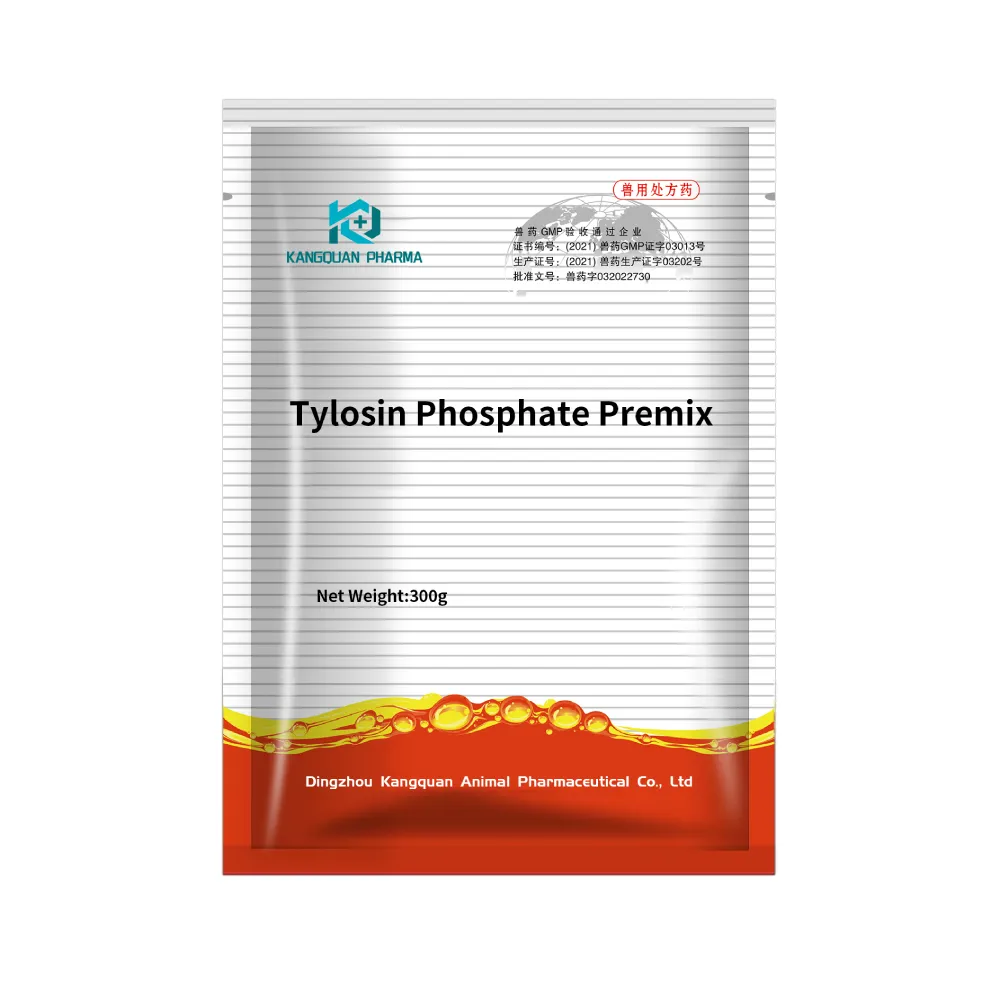- Afrikaans
- Albanian
- Amharic
- Arabic
- Armenian
- Azerbaijani
- Basque
- Belarusian
- Bengali
- Bosnian
- Bulgarian
- Catalan
- Cebuano
- Corsican
- Croatian
- Czech
- Danish
- Dutch
- English
- Esperanto
- Estonian
- Finnish
- French
- Frisian
- Galician
- Georgian
- German
- Greek
- Gujarati
- Haitian Creole
- hausa
- hawaiian
- Hebrew
- Hindi
- Miao
- Hungarian
- Icelandic
- igbo
- Indonesian
- irish
- Italian
- Japanese
- Javanese
- Kannada
- kazakh
- Khmer
- Rwandese
- Korean
- Kurdish
- Kyrgyz
- Lao
- Latin
- Latvian
- Lithuanian
- Luxembourgish
- Macedonian
- Malgashi
- Malay
- Malayalam
- Maltese
- Maori
- Marathi
- Mongolian
- Myanmar
- Nepali
- Norwegian
- Norwegian
- Occitan
- Pashto
- Persian
- Polish
- Portuguese
- Punjabi
- Romanian
- Russian
- Samoan
- Scottish Gaelic
- Serbian
- Sesotho
- Shona
- Sindhi
- Sinhala
- Slovak
- Slovenian
- Somali
- Spanish
- Sundanese
- Swahili
- Swedish
- Tagalog
- Tajik
- Tamil
- Tatar
- Telugu
- Thai
- Turkish
- Turkmen
- Ukrainian
- Urdu
- Uighur
- Uzbek
- Vietnamese
- Welsh
- Bantu
- Yiddish
- Yoruba
- Zulu
8 月 . 02, 2024 14:28 Back to list
The Role of Sulfate Gentamicin in Treating Bacterial Infections and Its Mechanisms of Action
Understanding Sulfate Gentamicin Therapeutic Applications and Insights
Gentamicin is an aminoglycoside antibiotic that has been extensively used in clinical medicine to combat various bacterial infections. Among its formulations, sulfate gentamicin stands out due to its unique properties and effectiveness. This article aims to provide a comprehensive overview of sulfate gentamicin, focusing on its mechanisms of action, therapeutic applications, and considerations in clinical usage.
Mechanism of Action
Sulfate gentamicin works by inhibiting bacterial protein synthesis. It binds to the 30S ribosomal subunit of the bacteria, preventing the translation of mRNA into proteins. This action initiates a series of events that lead to the disruption of cell membrane integrity and eventually causes bacterial cell death. Gentamicin is particularly effective against aerobic Gram-negative bacteria, including Escherichia coli and Pseudomonas aeruginosa, as well as some Gram-positive organisms, making it a versatile choice in treating infections caused by these pathogens.
Therapeutic Applications
Sulfate gentamicin is used to treat a variety of infections, particularly those caused by Gram-negative organisms. It is commonly utilized in hospital settings to manage severe infections, such as sepsis, respiratory tract infections, and urinary tract infections. Additionally, it is often administered prophylactically before surgical procedures, especially in patients at high risk for postoperative infections.
One of the prominent uses of sulfate gentamicin is in the treatment of infections in immunocompromised patients, including those undergoing chemotherapy or individuals with HIV/AIDS
. The drug's effectiveness in these vulnerable populations illustrates its importance in modern medical therapy.sulfate gentamicin

Moreover, sulfate gentamicin can be used in combination with other antibiotics to achieve synergistic effects, particularly in treating complicated infections where multidrug resistance is a concern. The combination therapy enhances the overall efficacy while potentially reducing the required dose of each antibiotic, thereby minimizing side effects.
Considerations in Clinical Usage
While sulfate gentamicin is a powerful antibiotic, its clinical use must be approached with caution. One of the foremost concerns is the potential for nephrotoxicity and ototoxicity, which can occur with prolonged use or higher dosages. Clinicians must monitor renal function and auditory function in patients receiving gentamicin, particularly those with pre-existing kidney conditions.
Additionally, the development of antibiotic resistance is a significant challenge in the treatment of infections. Bacteria can develop resistance mechanisms against gentamicin, necessitating careful use and adherence to prescribed regimens. It is essential for healthcare providers to conduct susceptibility testing to ensure that gentamicin remains an effective treatment option.
Conclusion
Sulfate gentamicin remains a cornerstone in the management of serious bacterial infections, particularly in an era where antibiotic resistance poses significant challenges. Understanding its mechanisms of action, therapeutic applications, and the associated risks is crucial for healthcare professionals in providing optimal care. Through careful monitoring and judicious use, sulfate gentamicin can continue to play a vital role in combating bacterial infections and improving patient outcomes. As ongoing research explores new formulations and delivery methods, sulfate gentamicin may evolve further, maintaining its relevance in the arsenal against infectious diseases.
-
The Power of Radix Isatidis Extract for Your Health and Wellness
NewsOct.29,2024
-
Neomycin Sulfate Soluble Powder: A Versatile Solution for Pet Health
NewsOct.29,2024
-
Lincomycin Hydrochloride Soluble Powder – The Essential Solution
NewsOct.29,2024
-
Garamycin Gentamicin Sulfate for Effective Infection Control
NewsOct.29,2024
-
Doxycycline Hyclate Soluble Powder: Your Antibiotic Needs
NewsOct.29,2024
-
Tilmicosin Premix: The Ultimate Solution for Poultry Health
NewsOct.29,2024













